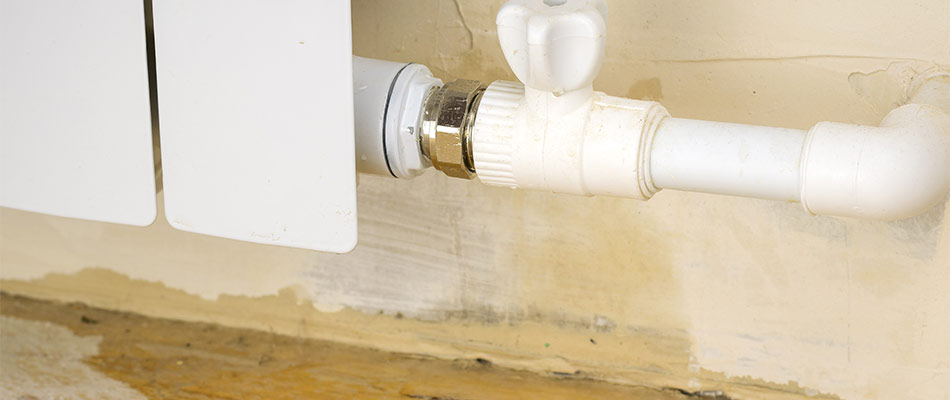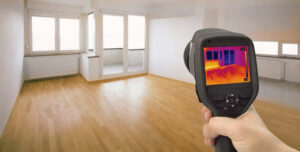Overview To Water Leak Detection At Home
Overview To Water Leak Detection At Home
Blog Article
What're your opinions on Leaking water lines?

Early discovery of leaking water lines can reduce a prospective catastrophe. Some little water leakages might not be visible.
1. Take A Look At the Water Meter
Every house has a water meter. Checking it is a proven manner in which assists you discover leaks. For beginners, switch off all the water sources. Make certain nobody will certainly purge, make use of the tap, shower, run the cleaning maker or dish washer. From there, go to the meter and also watch if it will transform. Because no one is utilizing it, there should be no motions. That indicates a fast-moving leakage if it moves. If you find no changes, wait an hour or 2 as well as inspect back once again. This indicates you may have a sluggish leak that could even be below ground.
2. Check Water Intake
Evaluate your water bills and also track your water usage. As the one paying it, you should notice if there are any kind of disparities. If you detect sudden changes, in spite of your consumption being the same, it indicates that you have leakages in your plumbing system. Remember, your water costs should fall under the very same range every month. A sudden spike in your costs indicates a fast-moving leak.
Meanwhile, a steady increase each month, even with the exact same practices, shows you have a sluggish leakage that's also slowly rising. Call a plumber to completely inspect your building, especially if you feel a warm area on your flooring with piping beneath.
3. Do a Food Coloring Examination
30% comes from bathrooms when it comes to water usage. Examination to see if they are running properly. Drop specks of food color in the storage tank and wait 10 mins. There's a leakage between the container and also bowl if the color somehow infiltrates your bowl throughout that time without flushing.
4. Asses Outside Lines
Don't fail to remember to check your outside water lines too. Should water seep out of the connection, you have a loosened rubber gasket. One small leak can lose loads of water and increase your water costs.
5. Assess the situation as well as evaluate
Homeowners must make it a routine to inspect under the sink counters and even inside cabinets for any type of bad odor or mold and mildew growth. These two red flags suggest a leakage so timely attention is called for. Doing regular evaluations, also bi-annually, can save you from a major issue.
Inspect for discolorations and also weakening as many devices as well as pipes have a life expectancy. If you believe dripping water lines in your plumbing system, don't wait for it to escalate.
Early discovery of dripping water lines can mitigate a prospective disaster. Some small water leakages might not be visible. Checking it is a guaranteed method that assists you discover leakages. One little leak can waste loads of water and also surge your water costs.
If you believe leaking water lines in your plumbing system, do not wait for it to escalate.
WARNING SIGNS OF WATER LEAKAGE BEHIND THE WALL
PERSISTENT MUSTY ODORS
As water slowly drips from a leaky pipe inside the wall, flooring and sheetrock stay damp and develop an odor similar to wet cardboard. It generates a musty smell that can help you find hidden leaks.
MOLD IN UNUSUAL AREAS
Mold usually grows in wet areas like kitchens, baths and laundry rooms. If you spot the stuff on walls or baseboards in other rooms of the house, it’s a good indicator of undetected water leaks.
STAINS THAT GROW
When mold thrives around a leaky pipe, it sometimes takes hold on the inside surface of the affected wall. A growing stain on otherwise clean sheetrock is often your sign of a hidden plumbing problem.
PEELING OR BUBBLING WALLPAPER / PAINT
This clue is easy to miss in rooms that don’t get much use. When you see wallpaper separating along seams or paint bubbling or flaking off the wall, blame sheetrock that stays wet because of an undetected leak.
BUCKLED CEILINGS AND STAINED FLOORS
If ceilings or floors in bathrooms, kitchens or laundry areas develop structural problems, don’t rule out constant damp inside the walls. Wet sheetrock can affect adjacent framing, flooring and ceilings.
https://www.servicemasterbyzaba.com/blog/how-to-detect-water-leakage-in-walls/

I ran across that article about Hacks to detect leaks while doing a search on the internet. If you enjoyed our blog entry if you please do not forget to pass it around. We enjoy reading our article about Hacks to detect leaks.
Report this page